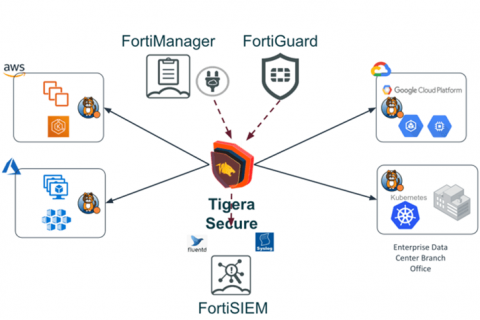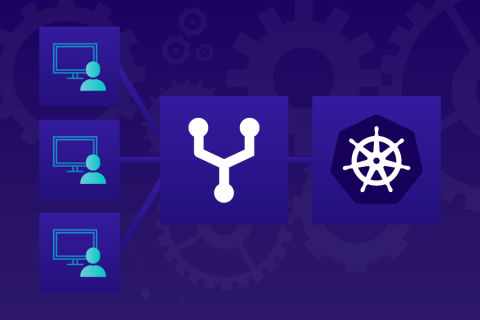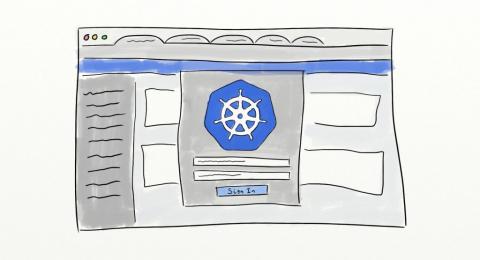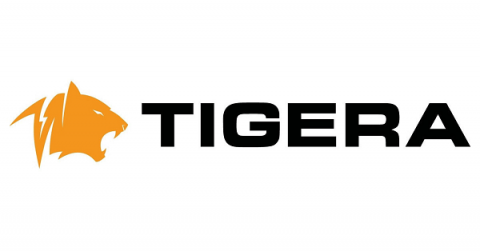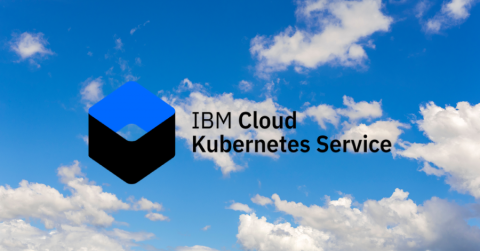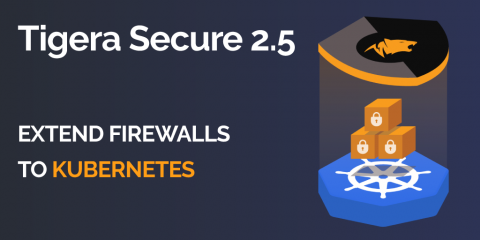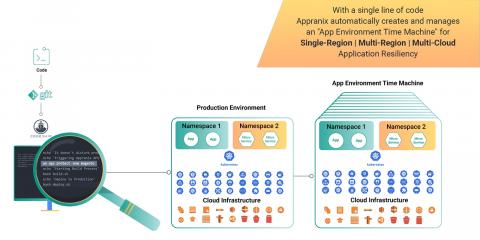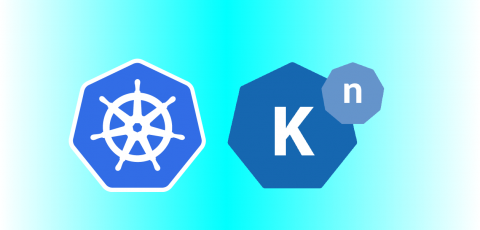Tigera Joins the Fortinet Fabric-Ready Program and Partners with Fortinet to Secure Kubernetes Environments
We are proud to partner with Fortinet and join their Fabric-Ready Technology Alliance Partner program. With this partnership, Fortinet customers will be able to extend their network security architecture to their Kubernetes environments. Our partnership was driven from interest from Fortinet’s customers to protect their Kubernetes based infrastructure. Kubernetes adoption is growing like wildfire and nearly every enterprise on the planet is at some stage of their Kubernetes journey.


